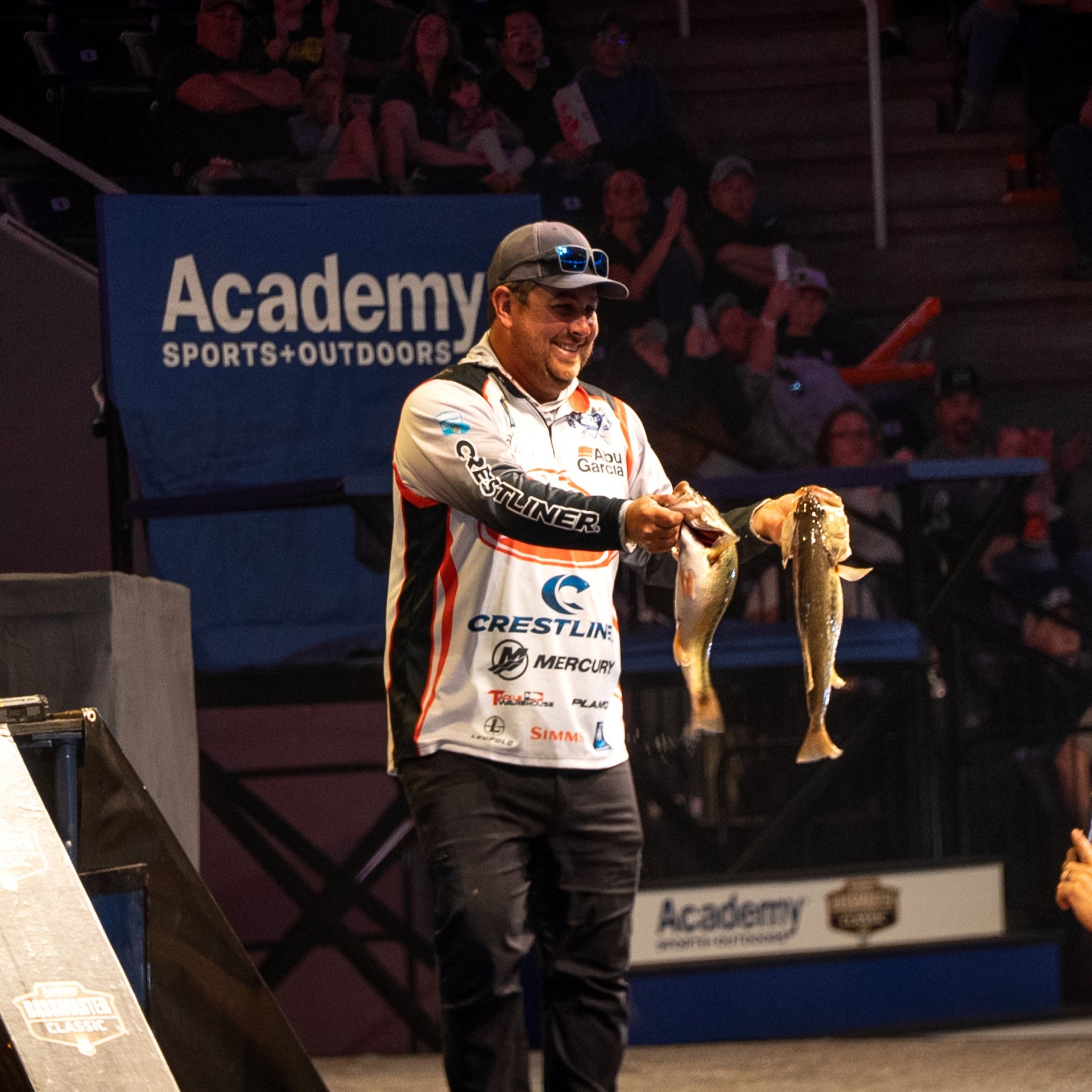
The 2025 Bassmaster Classic promises thrilling catches, intense competition, and a significant celebration of the sport's finest talent – including plenty of anglers on the Abu Garcia Pro Staff.
Read More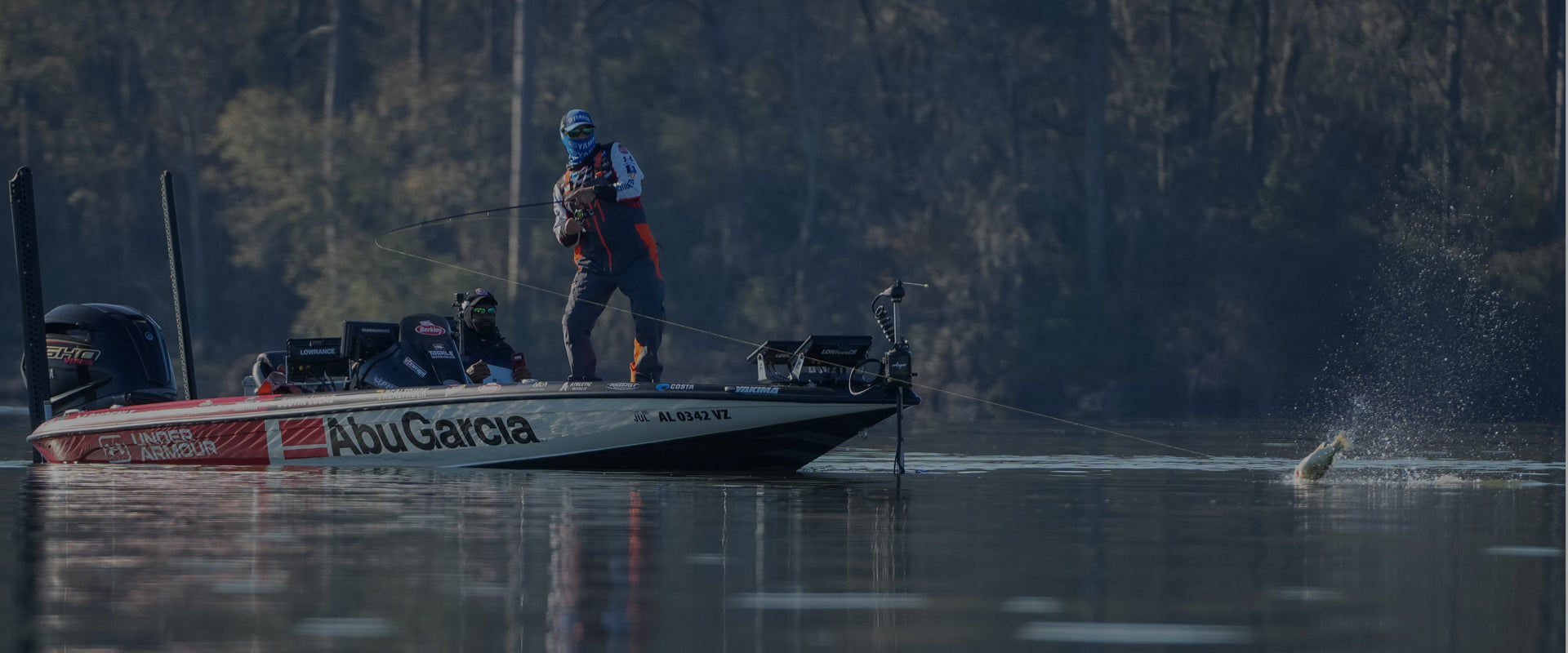
10 Stories

The 2025 Bassmaster Classic promises thrilling catches, intense competition, and a significant celebration of the sport's finest talent – including plenty of anglers on the Abu Garcia Pro Staff.
Read More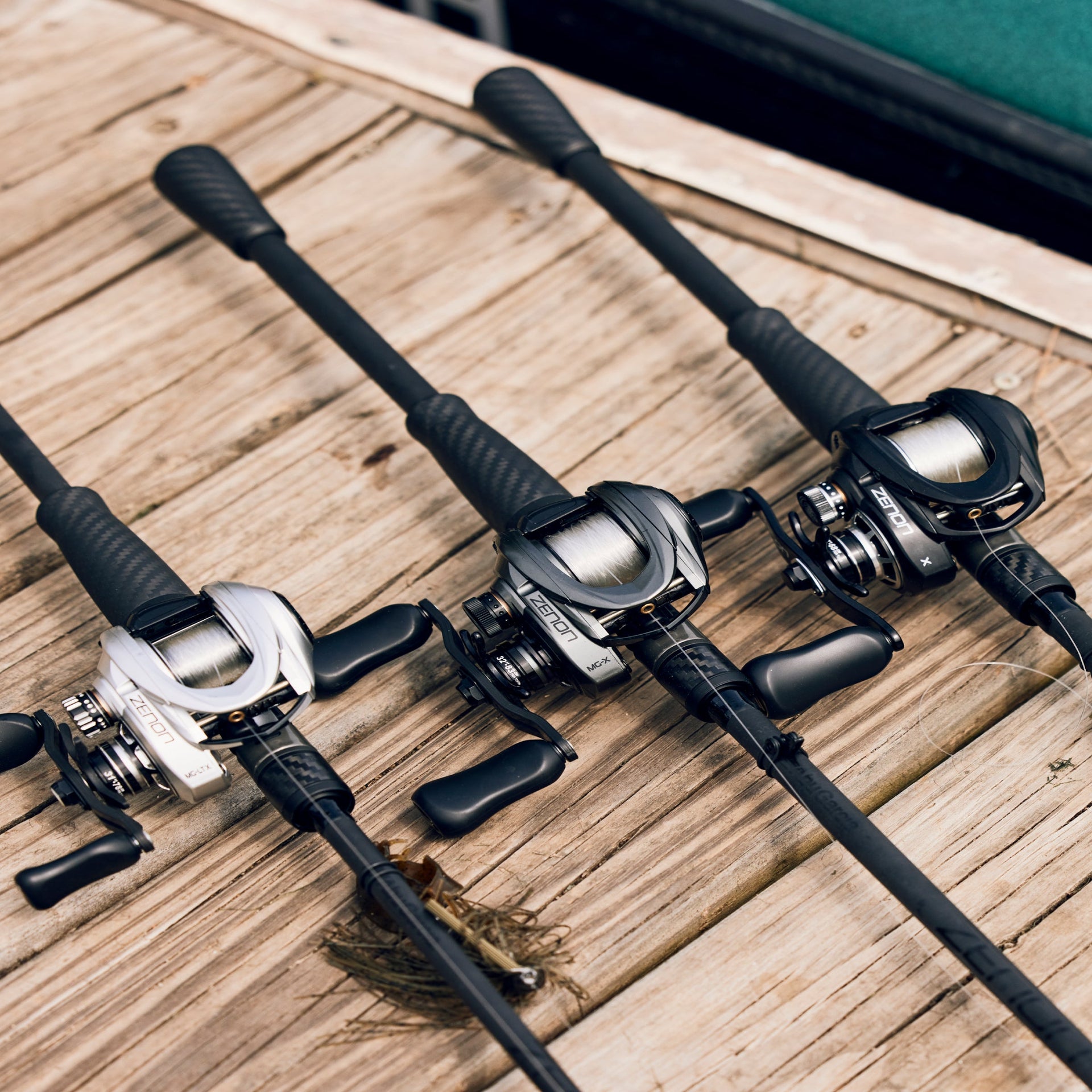
Learn how to clean and maintain your fishing reels for peak performance. This guide covers essential maintenance tips for spinning reels, baitcasters, and saltwater reels to extend their lifespan and...
Read More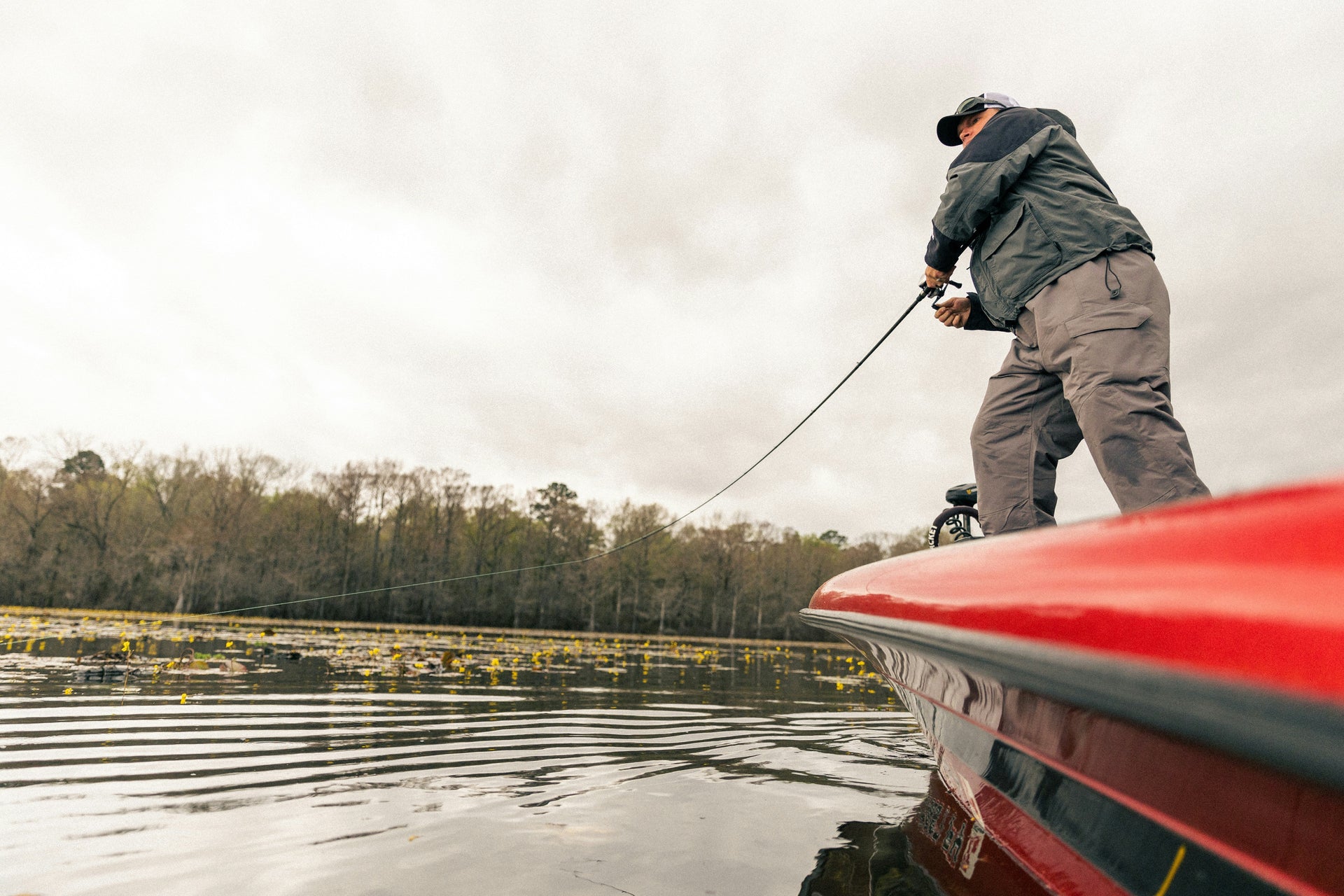
Only a few bites are as thrilling as the distinct thud of hooking into a bass in the winter on your jig. It’s a bite that stays with you and...
Read More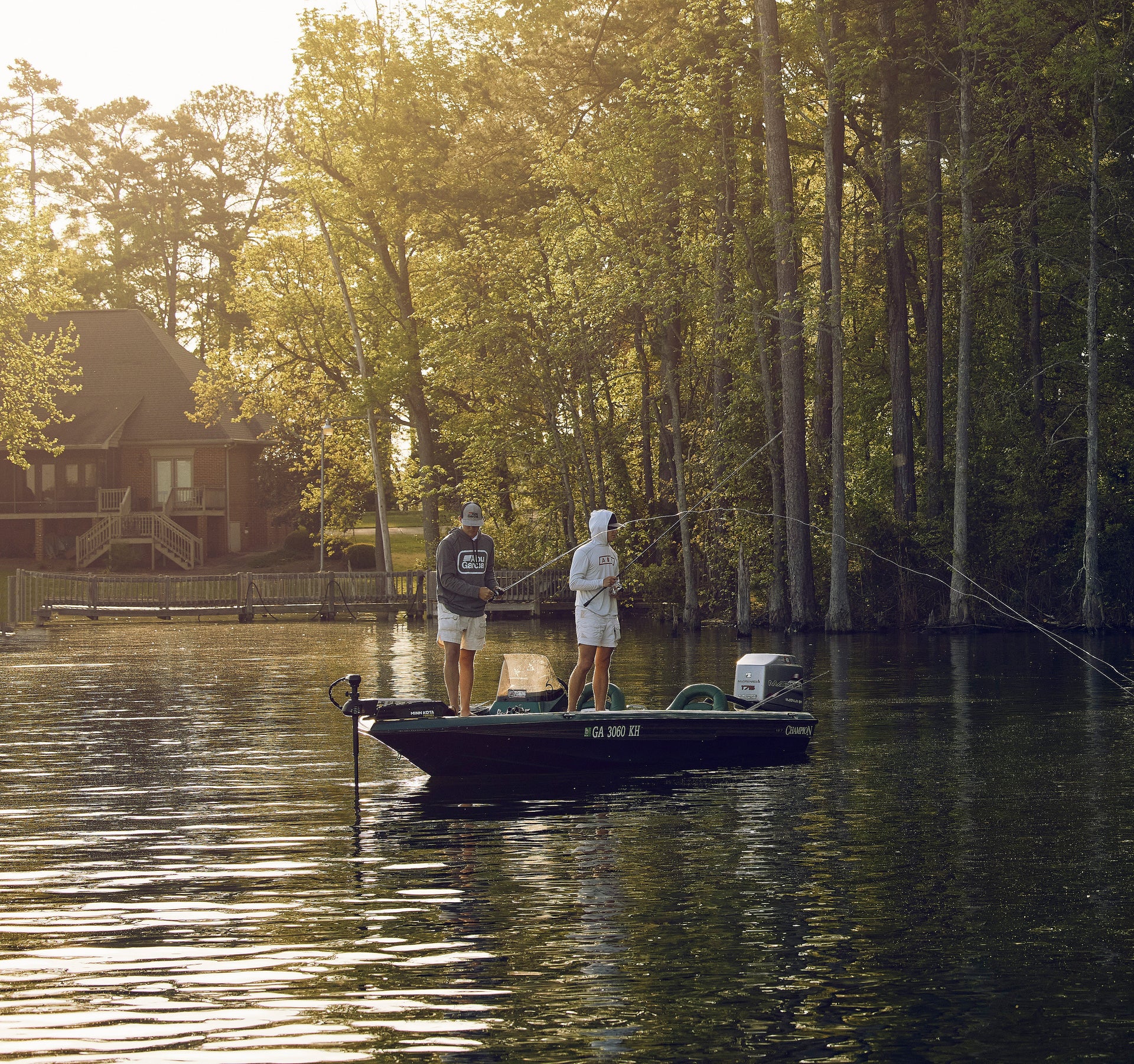
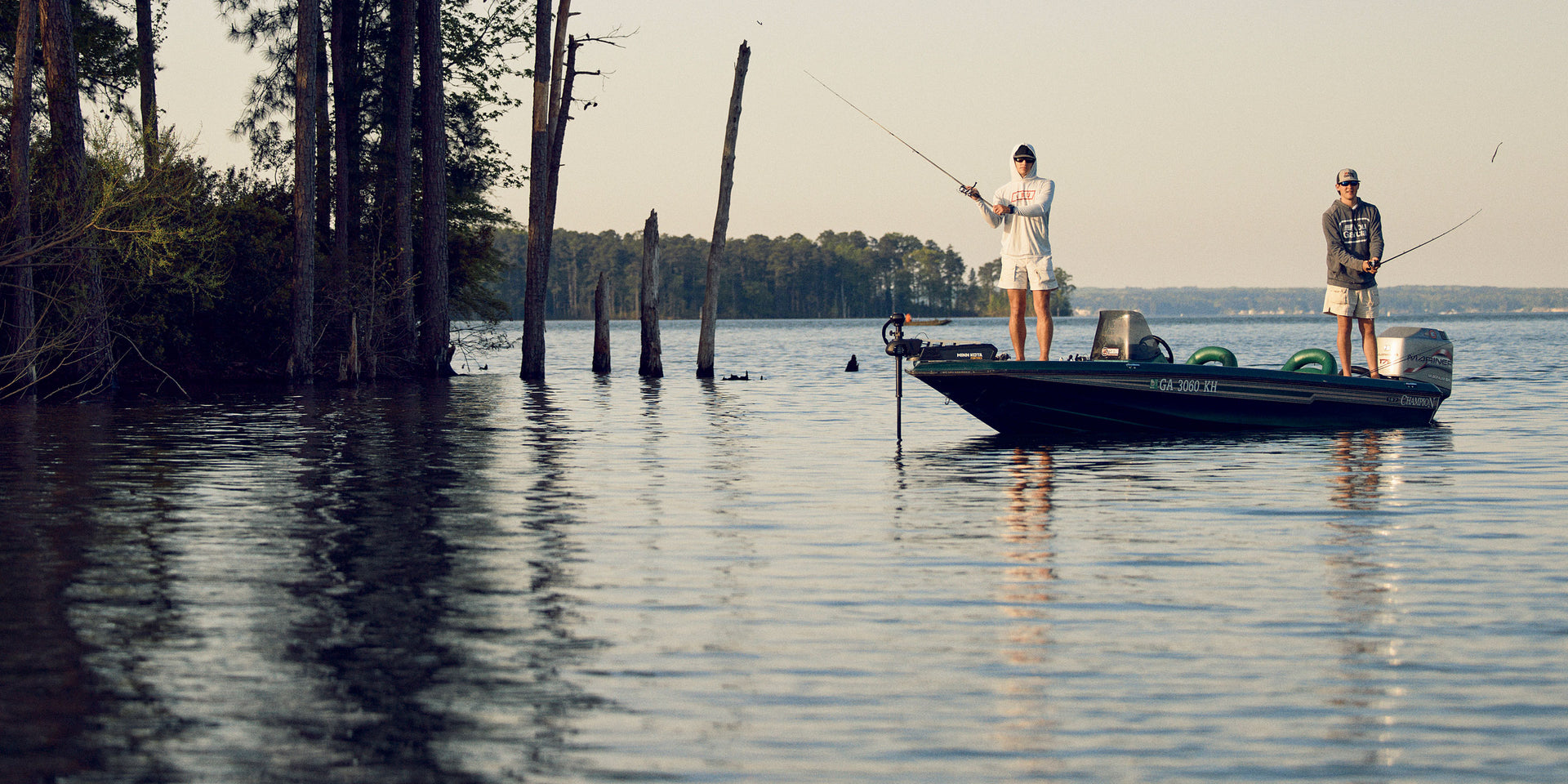
Let's explore three topwater setups meticulously designed to handle a wide range of fishing situations and challenges.
Read More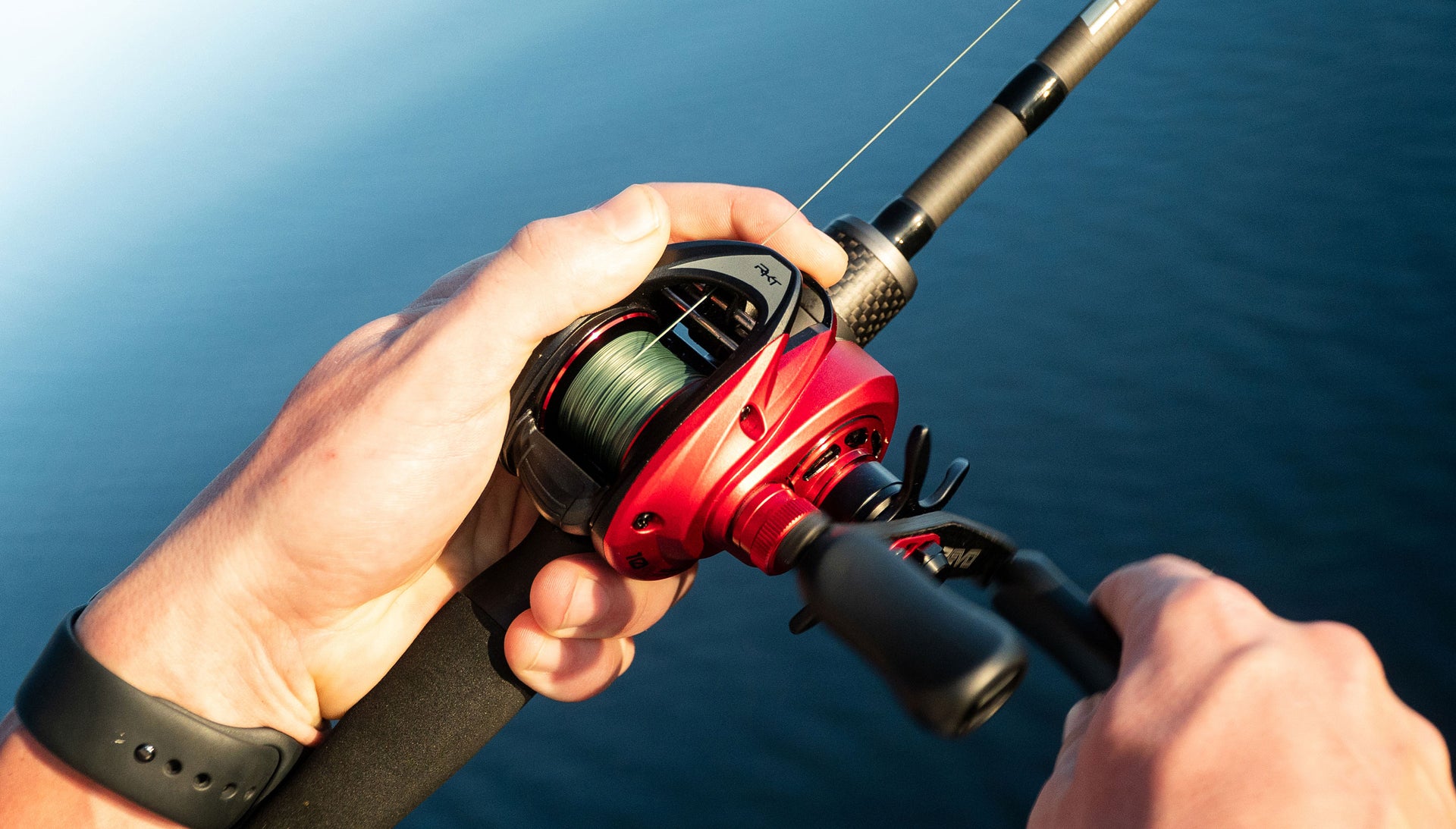
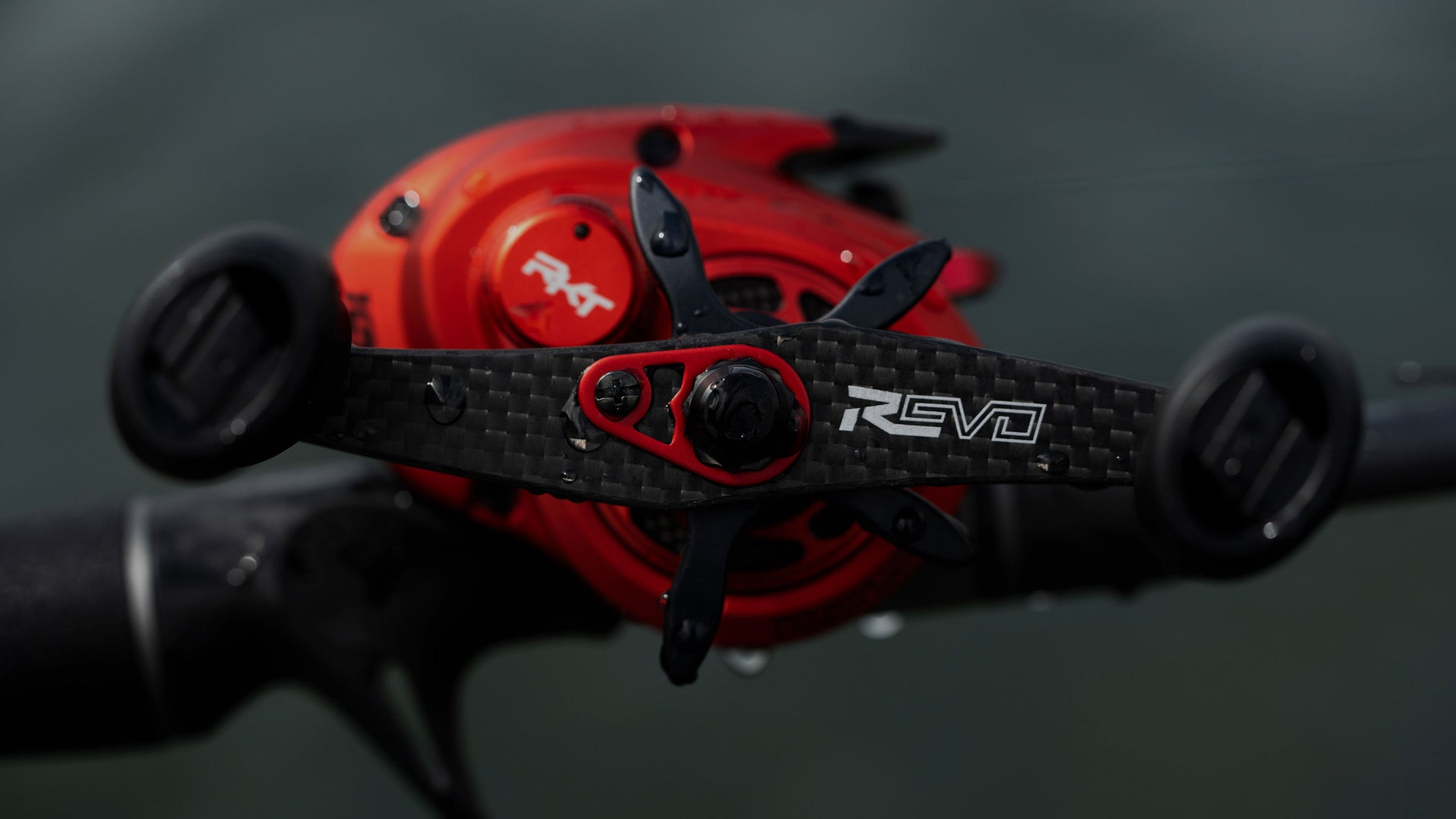
The evolution of fishing reels reveals a clear trend: they're getting faster, with gear ratios steadily increasing.
Read More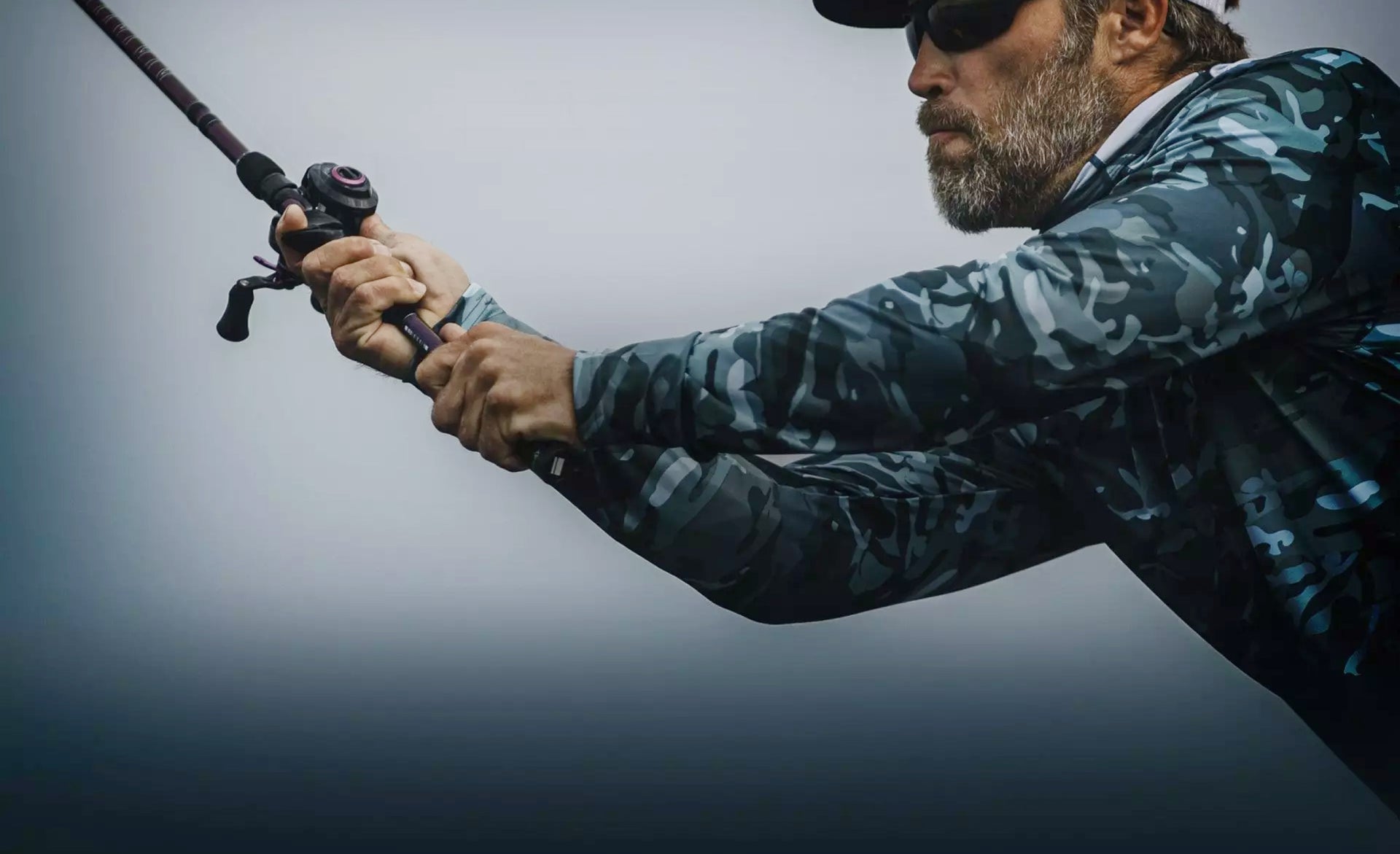
Equipment for anglers pursuing the sport with and unrelenting passion.
Read More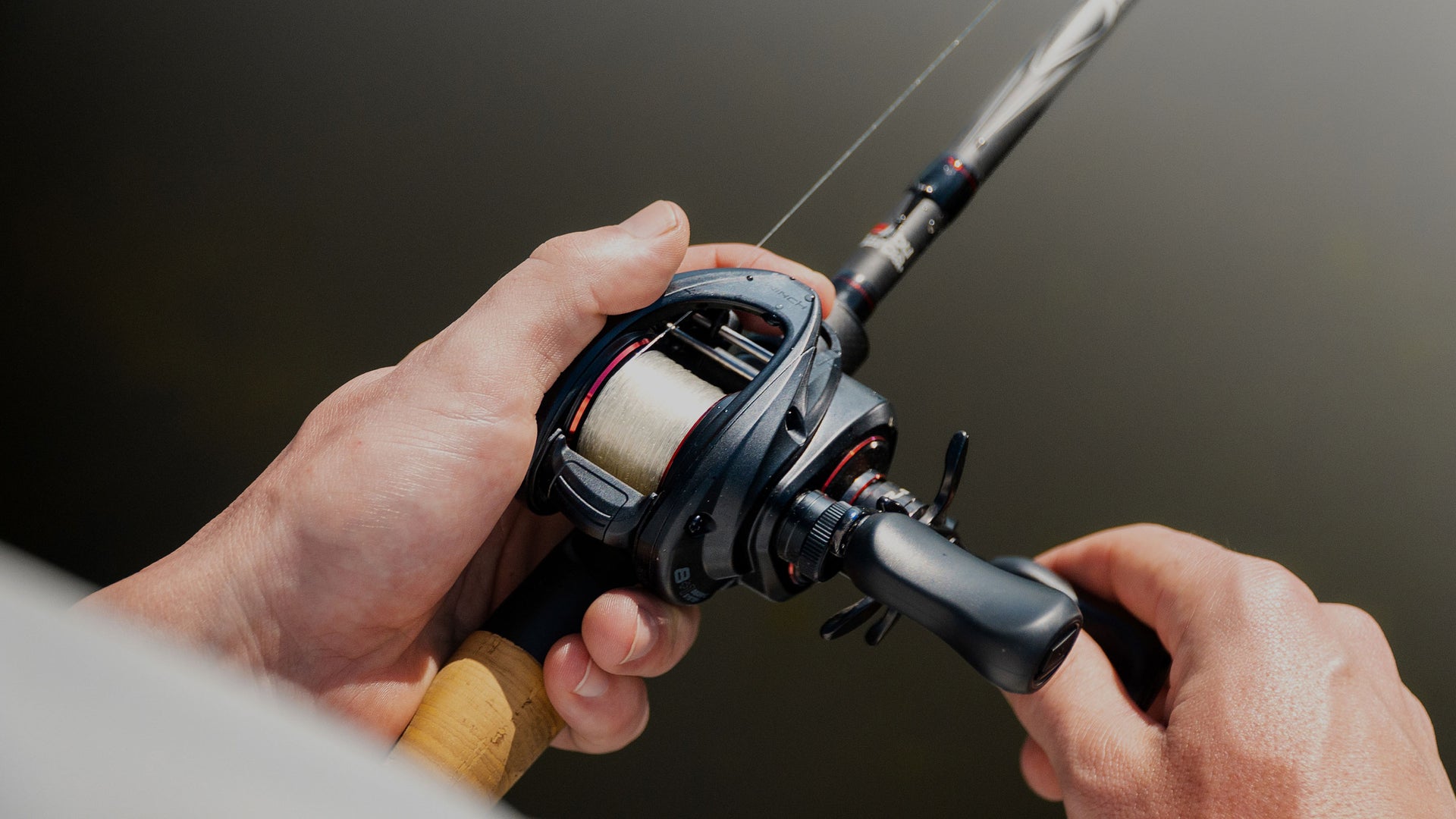
Elevate your game and keep you consistently catching fish with these experts tips.
Read MoreShowing 14 of 10